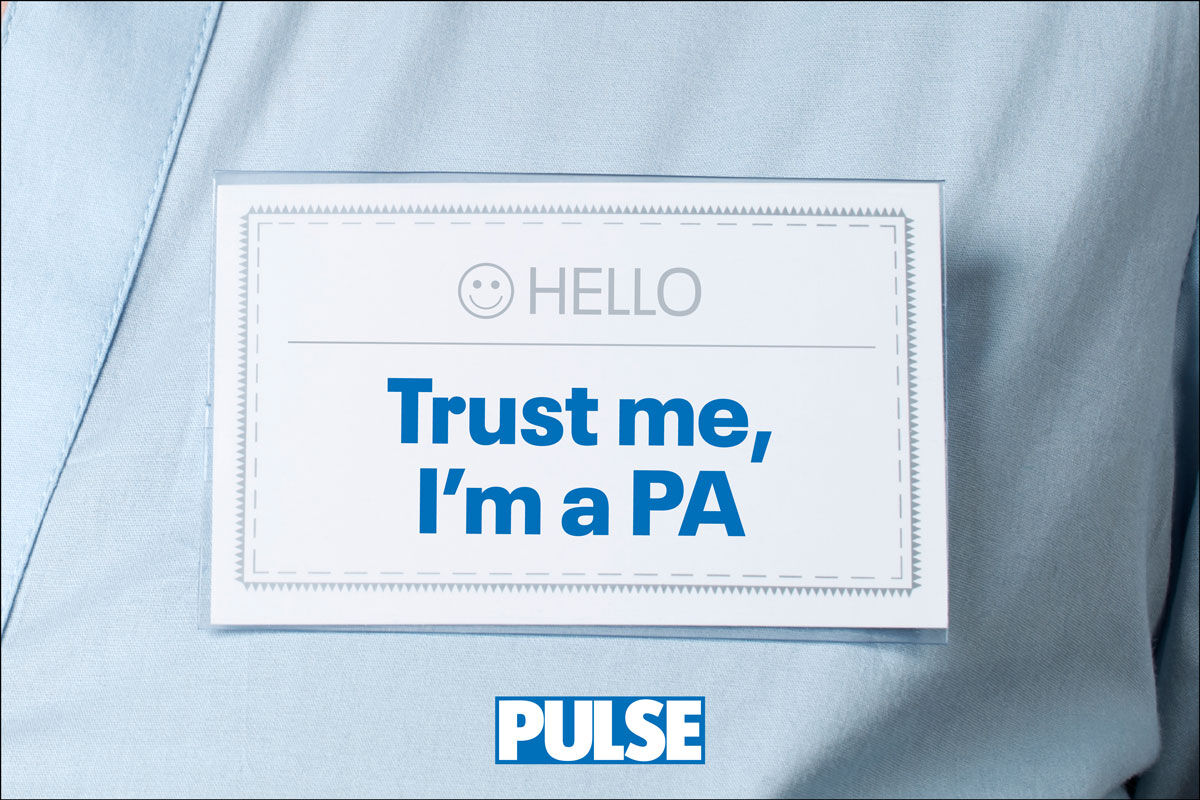The list of patients eligible for antibiotics if they have been in close contact with a confirmed case of invasive strep A has been expanded.
Pregnant women from 37 weeks of gestation up to 28 days after delivery, newborn babies, and household contacts over the age of 75 years are all now eligible for prophylaxis.
Antibiotics should also be given in individuals who develop chickenpox with active lesions seven days before diagnosis of iGAS infection in the index case or within 48 hours of the iGAS case starting antibiotics if they continue to be exposed.
Previous guidance in 2004 for close contacts of cases of iGAS had only specified giving antibiotics to symptoms consistent with localised GAS infection and mothers and babies in the post-partum period, the updated recommendations from UKHSA said.
Antibiotic prophylaxis for eligible close contacts of a single case should start as soon as possible – within 24 hours, and preferably the same day – but not beyond 10 days of iGAS diagnosis in the index case, UKHSA said.
A change has also been made to use diagnosis date in place of onset date to define close contacts and the 10-day post-exposure period.
In addition, the case definition has been updated to include further examples of severe infections and a ‘probable case’ definition if there is a severe clinical presentation with group A strep as the most likely cause or an epidemiological link but no microbiological confirmation.
Contacts with more than 24 hours of continuous exposure to cases are at highest risk of infection and colonisation, the guidance warned.
If any close contacts with signs and symptoms of group A strep infection are identified, they should be clinically assessed and treated with antibiotics
And although the NICE guidance advocates scoring systems for deciding on antibiotic use for sore throats, ‘we consider that people who are close contacts of iGAS infection would fall under the category of those at risk of complications, thus benefiting from antibiotic therapy’, it states.
It follows the removal of interim guidance which had lowered the threshold for prescribing antibiotics with potential strep A infections that had been introduced amidst rapidly rising rates of infection.
In February, following a reduction in rates of strep infections, the interim guidance ended and GPs were advised to return to the NICE Sore Throat (Acute) NG84 guideline for all age groups – a decision endorsed by the RCGP.
Last year UKHSA wrote to GPs asking them to ‘have a low threshold to consider and empirically prescribe antibiotics to children presenting with features of GAS infection, including where secondary to viral respiratory illness’.
GPs across the UK reported seeing record levels of respiratory infections-related demand in December, causing some GP practices to stop routine appointments.

















Is ‘iGAS’ the new name for the invasive form of BHS ?
I remain unclear how being a close contact moves someone beyond the group at high risk of contracting infection, and into the group at high risk of Complications. There is usually some additional factor for ‘complications’ added risk.